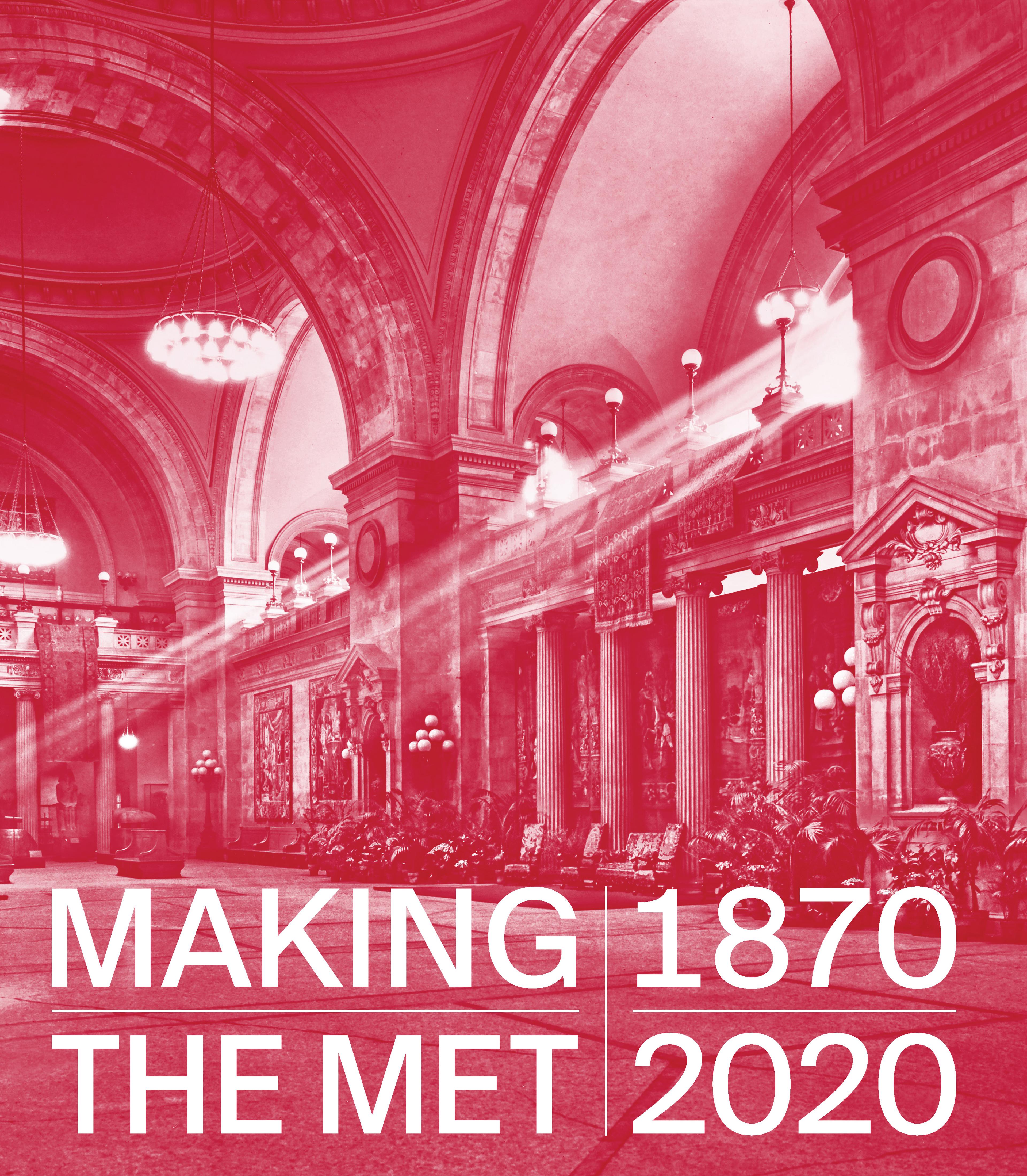Untitled
Untitled exemplifies Clark’s mediation of gestural and hard-edged abstraction. This diptych features vibrant bands of blue, pink, yellow, ochre, and green, disrupted or bracketed by sobering blacks and whites that divide the canvases. Clark worked on the floor, pouring several layers of acrylic paint onto unprimed canvas and then using a push broom to spread paint energetically across the surface. Spontaneity and movement are implied not only by the swept and splattered marks of Untitled, but also by the painting’s potential to be exhibited in two orientations, with the swaths of color shown either horizontally or vertically. Clark developed his push broom technique in 1956 while living in Paris, where he had studied at the Académie de la Grande Chaumière on the G.I. Bill. That same year, he returned to New York, but eventually split his time between the two cities from the late 1960s.
Artwork Details
- Title: Untitled
- Artist: Ed Clark (American, New Orleans, Louisiana 1926–2019 Grosse Pointe Farms, Michigan)
- Date: 1966
- Medium: Acrylic on canvas
- Dimensions: Each panel: 73 1/8 in. × 44 in. × 1 3/8 in. (185.7 × 111.8 × 3.5 cm)
- Classification: Paintings
- Credit Line: Purchase, Lila Acheson Wallace Gift and Bequest of Florene M. Schoenborn, by exchange, 2023
- Object Number: 2023.261a, b
- Rights and Reproduction: © The Estate of Ed Clark
- Curatorial Department: Modern and Contemporary Art
More Artwork
Research Resources
The Met provides unparalleled resources for research and welcomes an international community of students and scholars. The Met's Open Access API is where creators and researchers can connect to the The Met collection. Open Access data and public domain images are available for unrestricted commercial and noncommercial use without permission or fee.
To request images under copyright and other restrictions, please use this Image Request form.
Feedback
We continue to research and examine historical and cultural context for objects in The Met collection. If you have comments or questions about this object record, please complete and submit this form. The Museum looks forward to receiving your comments.
